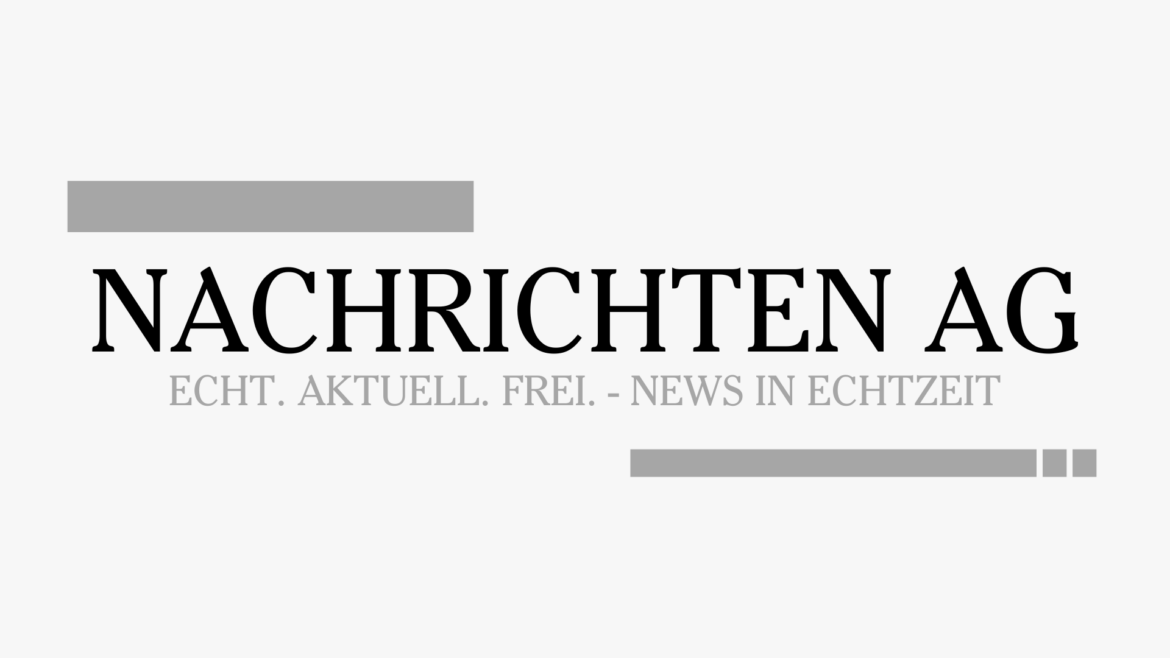
In Þorlákshöfn, a coastal town in southern Iceland experiencing unprecedented industrial growth, a power struggle is brewing among industry representatives, municipal authorities, and regulatory bodies. A pivotal moment was set for May 17th when residents were to vote on whether the German cement manufacturer Heidelberg Cement could construct a controversial sand mill in Þorlákshöfn. However, the town council unexpectedly decided to postpone the vote, a move unprecedented in Iceland. The mayor, Elliði Vignisson, received a letter from the land-based fish farming company First Water expressing concerns that sand milling operations and food production could not coexist harmoniously. The proposed harbor location coincided with where First Water drew geothermal seawater for its fish farming operations.
This letter, initially addressed to the mayor and council members but allegedly leaked to the media, sparked controversy. Opposition voices contended that transparency was lacking, suggesting that key information was being withheld to prevent informed citizen discourse. The potential negative impact of the sand mill project on residents in Þorlákshöfn had not been adequately presented, according to Ása Berglind Hjálmarsdóttir, an opposition council member. The prevalent narrative had leaned heavily towards the project proponents, notably evident during a public meeting on May 15th.
The sand milling project by Heidelberg Cement has a complex background, involving the extraction and processing of volcanic sand for cement production. The plan entails dredging 75 million tons of sand from the seabed off the coastline between Landeyjar and Eyjafjöll, to be transported via pump ship to Þorlákshöfn for grinding and exportation. Concerns emerged about the lack of balanced information provided to residents, raising questions about the project’s environmental impacts and possible repercussions on local life and well-being.
Environmental assessments from various agencies, including municipalities, fisheries authorities, marine research institutes, health agencies, water and electricity providers, the coast guard, transportation authorities, environmental agencies, and communication companies, all yielded negative evaluations of the sand project. Criticisms centered on the threat to existing infrastructural lines for the Westman Islands, risks to fish spawning grounds, and the unprecedented impact on marine ecosystems. Authorities flagged the unsustainable nature of the sand extraction, emphasizing the disproportionality of sand removal compared to natural replenishment rates, potentially leading to coastal erosion and ecological imbalances.
Heidelberg Cement’s attempts to influence the public discourse by restraining an expert from the Marine Research Institute were met with resistance. The expert’s findings highlighted the detrimental effects of sand extraction on fish stocks and coastal stability. Despite legal pressure, the institute upheld its commitment to disseminating research findings transparently. Such interventions underscored the contentious nature of the project and the attempts to shape the narrative surrounding its broader implications for the local community and environment.
Ursprünglich wurde es in den 1950er Jahren aus einer Boje entwickelt! Seither ist es ein fester Bestandteil jeder Gartenparty und das Herzstück jeder geselligen Runde im Freien.
Lösung anzeigen
